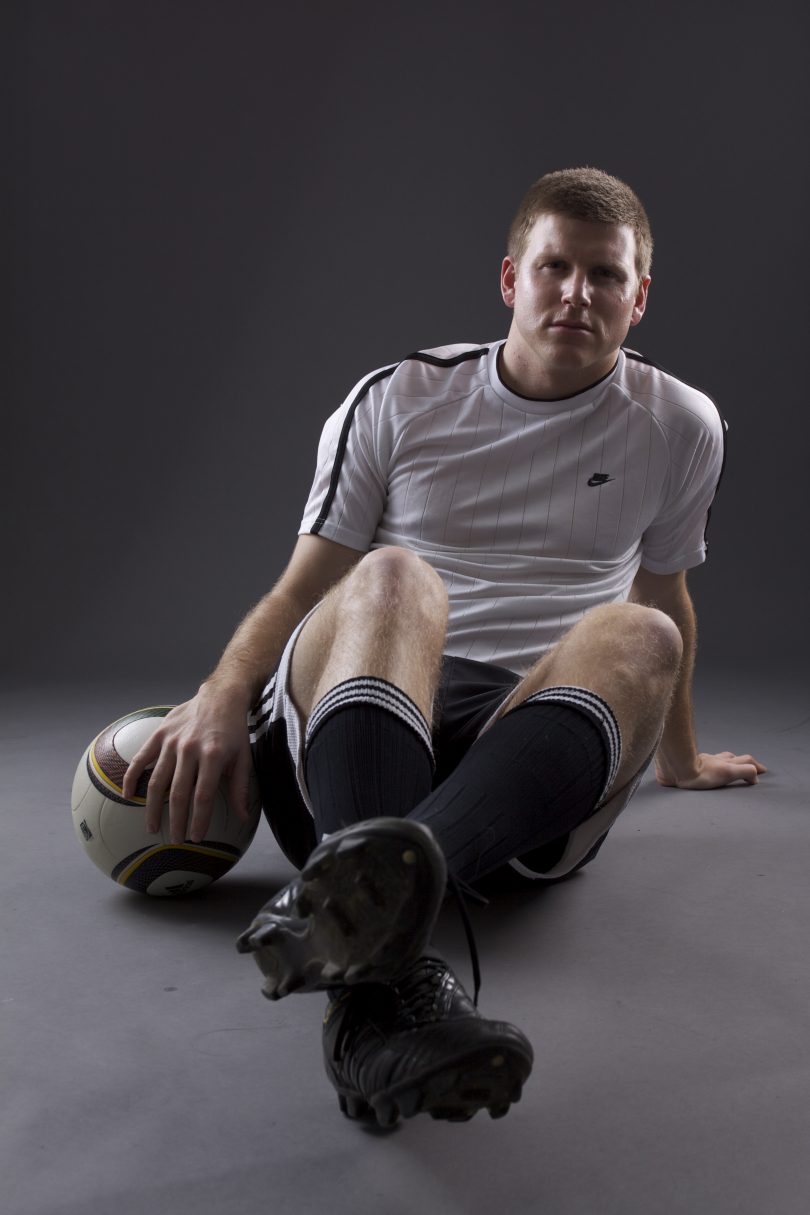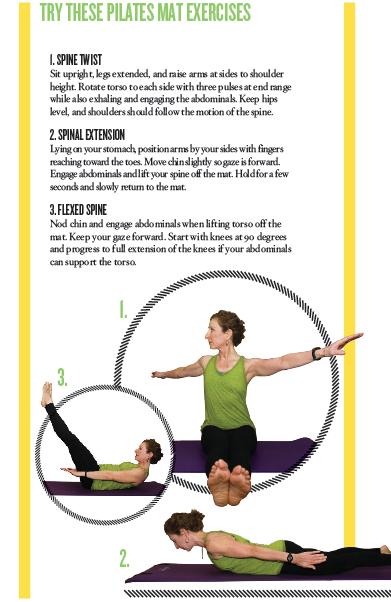Written by Karen Roodman
Strengthen, lengthen, and align your body by building your core
Professional dancers, skaters as well as athletes from the PGA, NBA, NFL and MLB attest to Pilates helping them achieve great results and injury-free seasons. In fact, many professional sports teams have Pilates equipment in their training rooms. Thanks to Pilates training, athletes are hitting the ball farther, running faster and jumping higher, and they are doing it without pain or injury.
Named after its founder, Joseph Pilates, this profound form of exercise incorporates scientific methodology and precise positioning to strengthen, lengthen and align the body to achieve optimal movement.
What can you do to improve your game?
Regardless of your sports passion, age or gender, Pilates has a place for you. There are two ways to begin to practice: either on the mat or with equipment. The mat is portable, easy and accessible, but challenging for many since much of the work is done against gravity. Plus, tightness through the hips, back or shoulders can make mat work difficult. Pilates equipment uses spring resistance, which offers great support and provides more diversity. It can also address a wider range of people with varying limitations, needs and goals. Both are effective and provide great results when executed properly.
Pilates is also effective because it prevents and corrects compensatory muscular recruitment. Often people will think “more is better,” and unknowingly recruit accessory muscles to increase their range of motion or exert more force. However, this is detrimental and may lead to injury. Pilates, however, eschews this ideology with its practices.
This spring, consider adding Pilates to your routine for improved performance in your core and an overall boost in strength, flexibility, balance, fitness and well being. You might even experience a sense of tranquility and relaxation as you explore the journey to mindful movement.
——
PILATES PRINCIPLES
The Pilates foundation for success in athletic
performance has five principle components, which can
be thought of as a physical insurance policy.
Active breath
The Pilates breath incorporates inhalation through the nose and forceful exhalation through the mouth (as if blowing). This exhalation will contract the deepest of the four abdominal muscles so that there is internal support.
Pelvic placement or neutral spine
The lower back needs to be positioned such that it is in the most shock-absorbing position (neutral). The pelvis is our center of gravity and merits mindful placement so we can recruit our abdominal muscles to support this position.
Rib engagement
Because our abdominal muscles attach to our our ribs, we must keep a tightening sensation when mobilizing the arms so we don’t overuse our backs or lose a connection with the core musculature.
Table shoulders and shoulder blades
For the benefit of shoulder joint longevity, postural improvement and muscular balance in the torso, it is crucial to keep the shoulder blades sliding down the back so that the humerus (arm bone) falls properly in the shoulder socket and motion from the shoulder joint is mechanically efficient.
Head and neck placement
We must remember to keep the head placed in the middle of our shoulders, not in front or behind. Reading, driving, typing and many other daily activities predispose us to defy this principle. For optimal placement, the head should be positioned to follow the middle spine.


